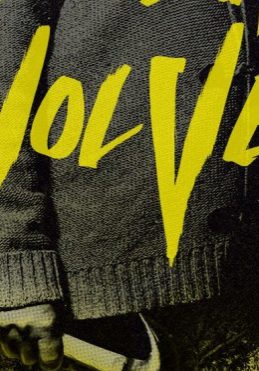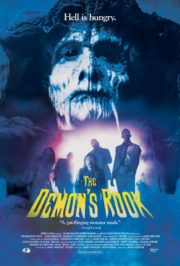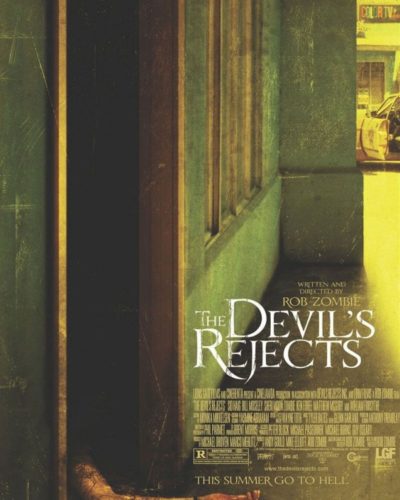A Macabre Dance of Predator and Prey: “Big Bad Wolves” Unleashed
“Man is the cruelest animal.” This line, often whispered amongst the folds of horror literature, resonates through the 2014 Israeli thriller “Big Bad Wolves,” directed by Aharon Keshales and Navot Papushado. In a tale shrouded by the gloom of moral ambiguity, the film plumbs the depths of vengeance and justice as a bereaved father and a rogue cop, both seeking retribution, set their sights on a man they believe to be responsible for the abhorrent crimes against young girls.
The chilling premise cushions no one from the stark brutality that adorns its narrative, nudging audiences into an ethical quagmire. Before delving deeper into the cinematic landscape of “Big Bad Wolves,” be mindful that this forest is dark and full of more than just fangs and claws. Spoiler-free, the journey thus commences.
The Chilling Caress of Fear
Atmospheric Horrors
“Big Bad Wolves” cultivates an environment laden with dread not through over-the-top spectacles, but distinctly through the simmering tension between characters and the grim narrative they inhabit. The film burgeons fear from the authenticity of its setting—a relentless realism sewn into every uncomfortable silence and piercing scream. This horror is personal, palpable, and particularly haunting as it manifests within the very human capacity for cruelty.
Master and Commander of Tension
Directors Keshales and Papushado emerge as virtuosos of suspenseful filmmaking. With a diligent hand, they craft sequences that are as gripping as they are subdued, a testament to their understanding that true terror often lies in the anticipation of violence rather than its explicit display. Their approach is methodical, allowing the story to crescendo in terror with relentless, yet effortless acceleration.
Through the Lens of Darkness
Visual Scares
The cinematography of “Big Bad Wolves” is a testament to the potency of understated horror. The use of lighting is particularly noteworthy, casting characters into shadows at moments that heighten their moral ambiguity. The color palette is dreary, painting the scenes with a bleakness that reflects the grim subject matter. It is the subtleties in camera angles and the notable absence of reliance on special effects that fortify a horror experience deeply rooted in the frightening realities we recognize all too well.
When Silence Screams
Soundtrack and Scream Tracks
The sound design in “Big Bad Wolves” proves to be crucial in magnifying the tension that permeates the film. The soundtrack is sparing but haunting, with its minimalist approach emphasizing the horror that unfolds. Every footstep, every rustling leaf, screams with intentionality. It is particularly remarkable how the film employs silence—a deafening calm before the storm that accentuates the impending doom.
A Reflection in Blood
Eclipsing Reality
When it comes to performances, the entire cast delivers with a palpable intensity that makes each character’s descent into vengeance-fueled darkness believably harrowing. The protagonists’ transformations – or perhaps revelations of their true nature – are conveyed with unsettling nuance, enhancing the film’s overarching sense of terror.
The horror elements are predominantly psychological, driven by a narrative that challenges moral certitudes and plunges into the darkness of retribution. It wades through the murky waters of vengeance and retribution, provoking viewers to question the true nature of justice. While the film does indulge in moments of physical brutality, these instances are used sparingly, maximizing their disturbance when they do occur.
Deeper Than Fear
The film’s success does not rest solely upon its ability to frighten; it is also a vessel for social commentary. “Big Bad Wolves” grapples with deep-seated themes such as the perversion of justice, the cycle of violence, and the troubling question of whether the ends can ever truly justify the means. These layers add profound weight to the horror, intertwining terror with a critical interrogation of human nature.
The Verdict: A Howl in the Dark
“Big Bad Wolves” is not conventionally frightening—it terrifies in its authenticity, in the mirror it holds up to society’s darkest potential. It is a deftly constructed, thought-provoking piece that capably balances the visceral impact of horror with psychological depth. While the film’s graphic content may prove troubling for some, it is a worthy watch for horror connoisseurs and those with an appetite for cinema that boldly tackles uncomfortable questions. Though not recommended for the faint of heart, it’s a must-see for anyone intrigued by the shadows that lurk within the human psyche.
Standing alongside notable genre contemporaries like “Prisoners,” it defies comparison to traditional horror, cutting its own path with intellectual ferocity. Ultimately, “Big Bad Wolves” is a cruel tale brilliantly told, a movie likely to haunt thoughts long after its credits roll. It’s a rare gem that reflects the intricate complexities of its genre, and its strengths—and indeed, its few weaknesses—will resonate differently with each viewer. As the tale concludes, you may find yourself pondering the nature of the beast, both on the screen and within.




